Description
Taming the Bubble: Understanding and Utilizing Foam Inhibitors
Foam, a seemingly harmless collection of bubbles, can be a significant problem in a wide range of industrial and domestic applications. From overflowing vats in chemical processing to sputtering paint finishes, excessive foam can lead to inefficiency, product defects, and even safety hazards. That’s where foam inhibitors, also known as antifoams or defoamers, come into play. These essential additives are specifically designed to control and eliminate unwanted foam, ensuring smoother processes and improved product quality.
Why is Foam a Problem?
Foam arises when a gas, usually air, becomes dispersed within a liquid. This is often exacerbated by the presence of surfactants, substances that reduce the surface tension of the liquid and stabilize the bubbles. While some foam is desirable, such as the head on a beer, excessive foaming can cause numerous issues:
- Reduced Capacity: Foam takes up space, decreasing the effective volume of tanks, reactors, and containers. This limits processing capacity and throughput.
- Inefficient Processes: In processes like distillation, fermentation, and wastewater treatment, foam can hinder mass transfer and reduce efficiency.
- Equipment Damage: Excessive foam can overflow equipment, leading to corrosion, electrical shorts, and safety hazards.
- Product Defects: In paints, coatings, and adhesives, foam can create surface imperfections, affecting the final product quality and appearance.
- Pumping Difficulties: Foam can cause cavitation in pumps, reducing their efficiency and potentially damaging the equipment.
- Cleaning Challenges: In cleaning applications, excessive foam can hinder rinsing and leave behind undesirable residues.
Enter the Foam Inhibitor: Your Bubble-Busting Solution
Foam inhibitors are chemical additives that disrupt the formation and stability of foam bubbles. They work through various mechanisms, including:
- Destabilizing the Foam Film: Foam inhibitors often have low surface tension, allowing them to spread rapidly on the surface of the liquid and disrupt the thin film that forms the bubble wall. This causes the bubbles to coalesce and collapse.
- Bridging and Rupturing: Some inhibitors can enter the bubble wall and create weak points, leading to rupture.
- Changing Surface Tension: By altering the surface tension of the liquid, foam inhibitors can make it less prone to forming stable bubbles in the first place.
Types of Foam Inhibitors: Choosing the Right Tool for the Job
The selection of the right foam inhibitor is crucial for optimal performance. Different types are available, each with its own strengths and weaknesses:
- Silicone-Based Defoamers: These are highly effective and widely used due to their low surface tension and ability to destabilize foam films. They are particularly effective in non-aqueous systems.
- Oil-Based Defoamers: Composed of mineral oils, vegetable oils, or other hydrophobic fluids, these are effective in various applications, especially in alkaline environments.
- Polyether Defoamers: These are commonly used in aqueous systems and can be tailored to specific applications by varying their hydrophobicity and molecular weight.
- Fatty Acid and Ester Defoamers: These are derived from natural fats and oils and are biodegradable, making them a more environmentally friendly option.
- Powdered Defoamers: These are often used in dry applications or added to powdered products like detergents.
Factors to Consider When Choosing a Foam Inhibitor:
Selecting the right foam inhibitor requires careful consideration of several factors:
- The System: Is it aqueous or non-aqueous? What is the pH, temperature, and pressure?
- The Foaming Agent: What is causing the foam? Identifying the surfactant involved is crucial.
- Performance Requirements: How quickly and effectively does the foam need to be suppressed?
- Compatibility: Will the foam inhibitor interact negatively with other components in the system?
- Regulatory Requirements: Are there any specific regulations regarding the use of certain chemicals in the application?
- Cost: Balancing effectiveness with cost-effectiveness is an important consideration.
Applications of Foam Inhibitors: A Wide Range of Industries
Foam inhibitors are used extensively across numerous industries, including:
- Chemical Processing: Controlling foam in reactors, distillation columns, and other processing equipment.
- Pulp and Paper Manufacturing: Preventing foam formation during pulping and papermaking processes.
- Paints and Coatings: Eliminating foam to achieve smooth, defect-free finishes.
- Wastewater Treatment: Controlling foam in aeration basins and other wastewater treatment systems.
- Food and Beverage Industry: Preventing foam in brewing, fermentation, and food processing.
- Textile Manufacturing: Controlling foam in dyeing and finishing processes.
- Oil and Gas Industry: Preventing foam in drilling fluids and other applications.
- Detergents and Cleaning Products: Reducing foam for efficient cleaning and rinsing.
Conclusion: Mastering Foam Control for Improved Efficiency
Foam inhibitors are essential tools for managing and eliminating unwanted foam in a variety of industrial and domestic applications. By understanding the causes of foaming, the different types of foam inhibitors available, and the factors to consider when choosing a product, users can effectively control foam and improve the efficiency, safety, and quality of their processes and products. Investing in the right foam inhibitor can significantly reduce operating costs, minimize downtime, and ensure optimal performance across a wide range of industries. So, next time you’re faced with a bubble-related challenge, remember the power of the humble foam inhibitor and its ability to tame even the most unruly foam.


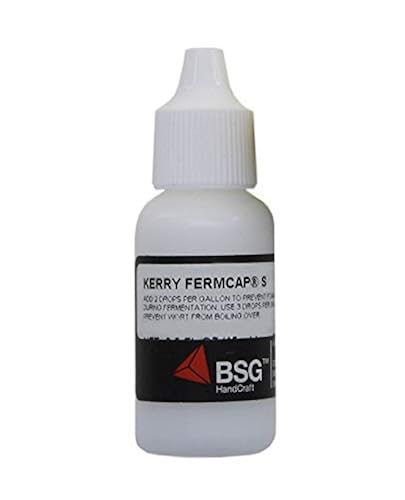

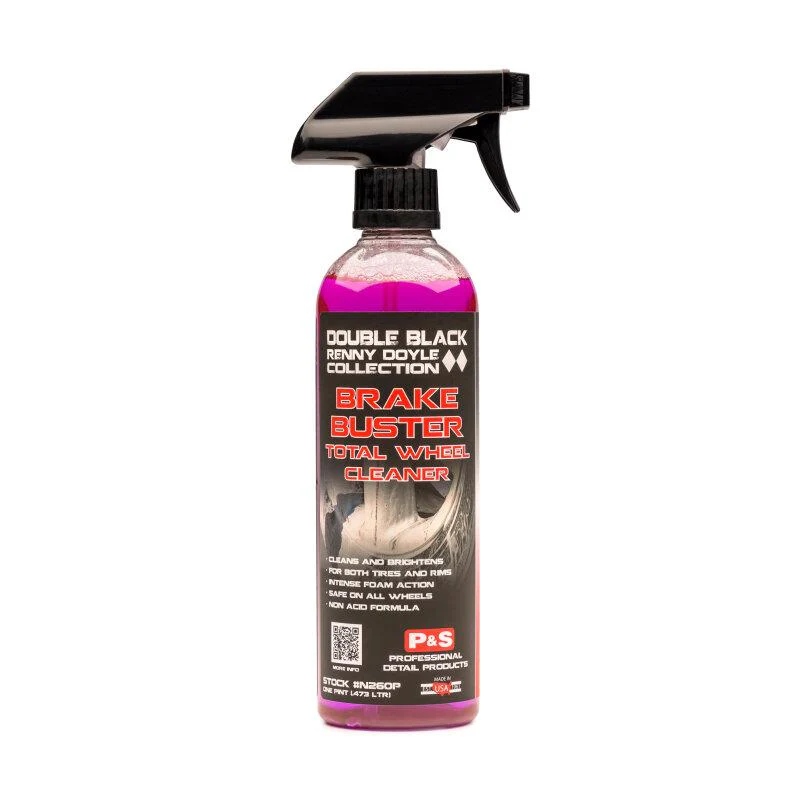
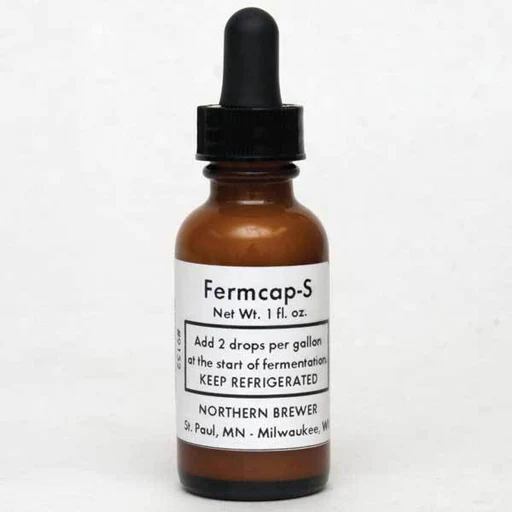

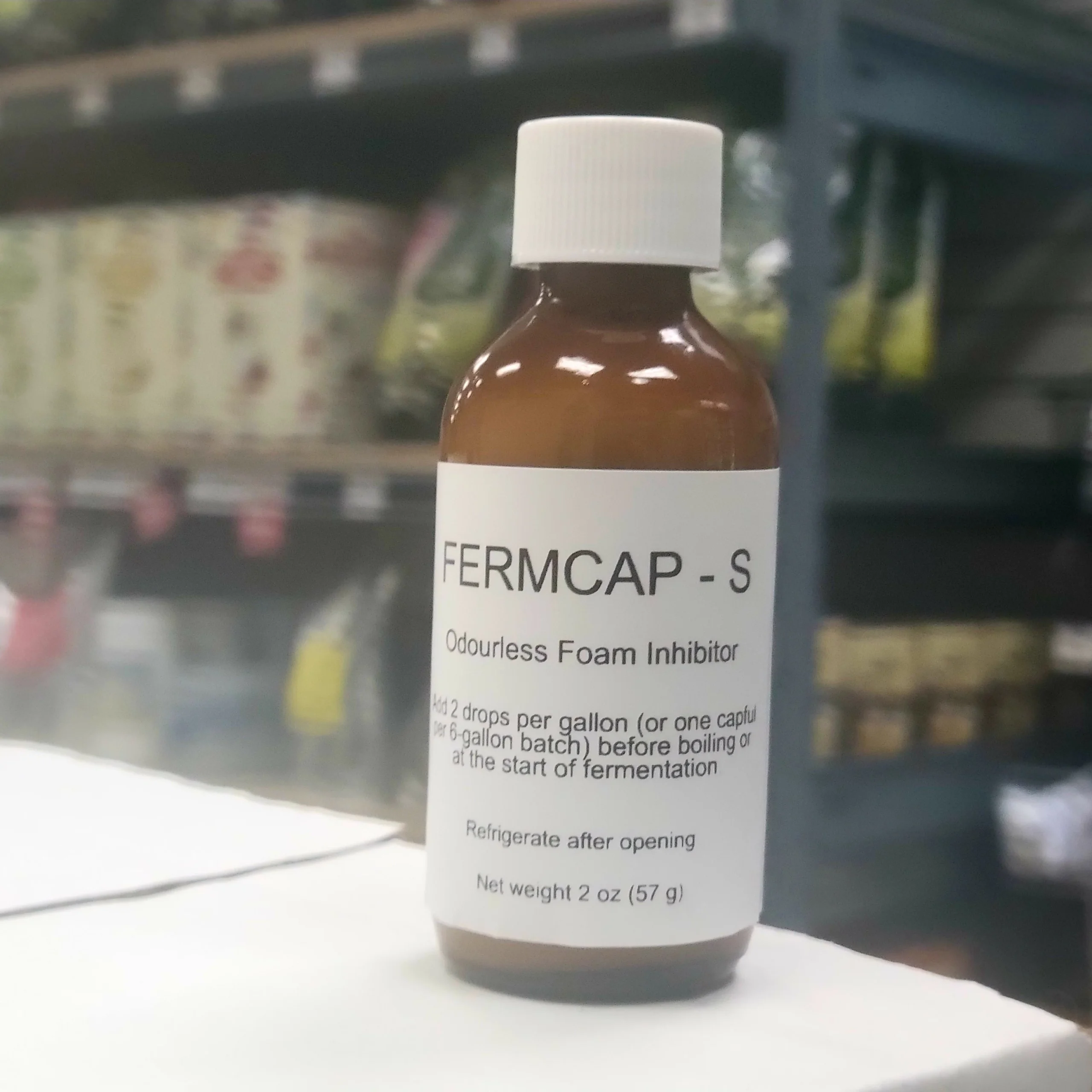


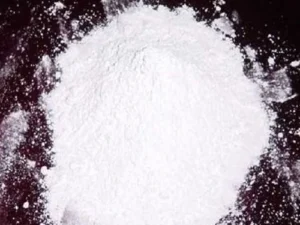
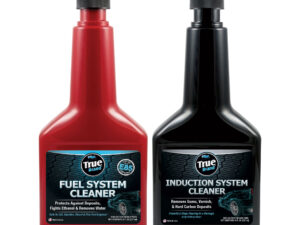
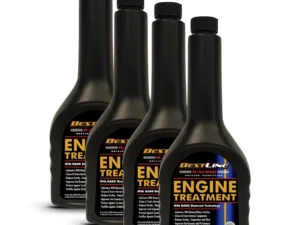
Reviews
There are no reviews yet.